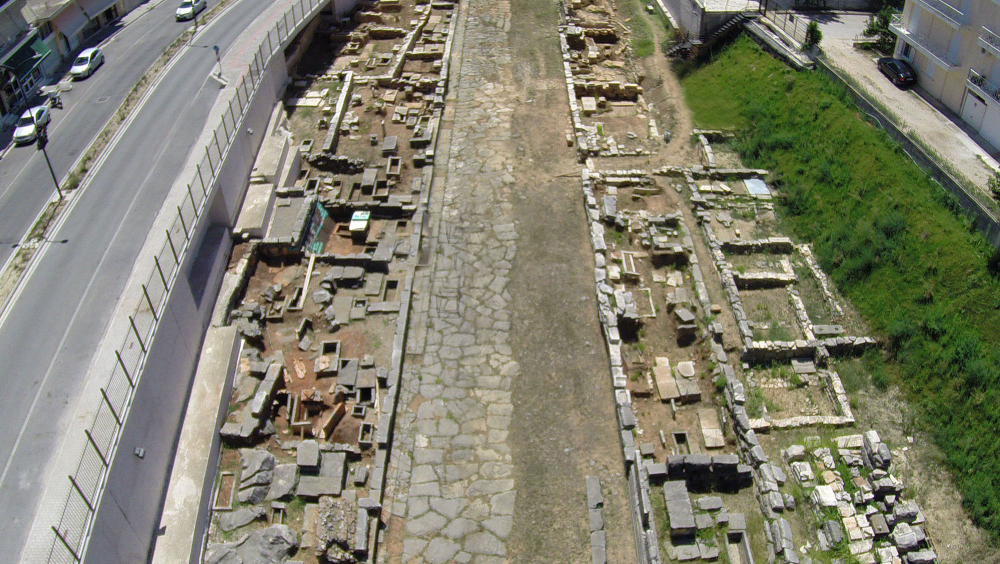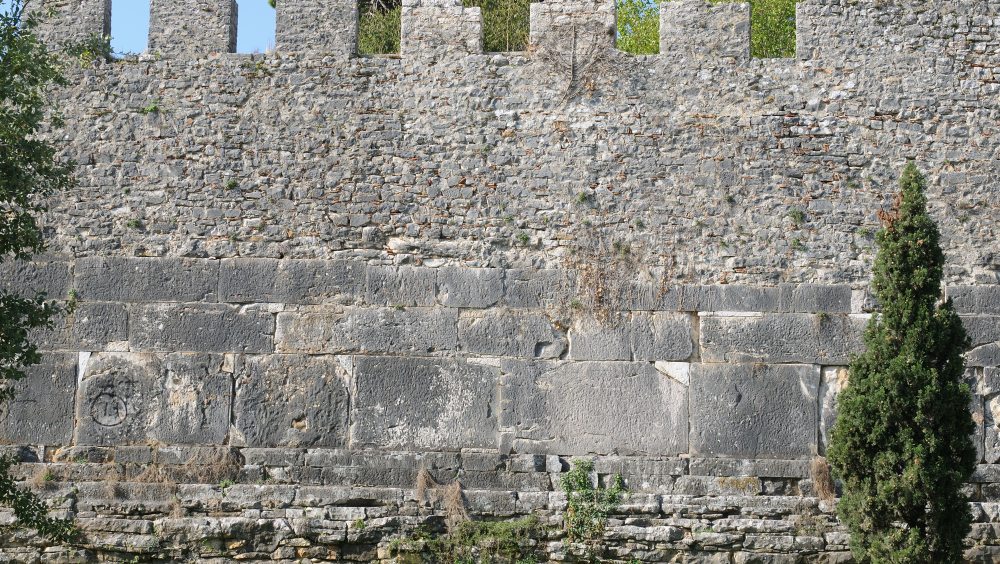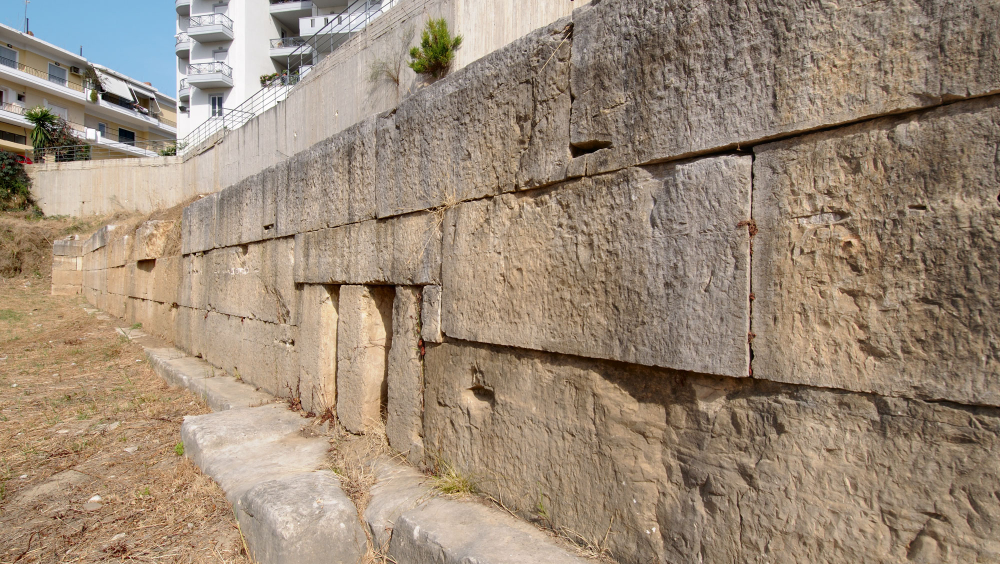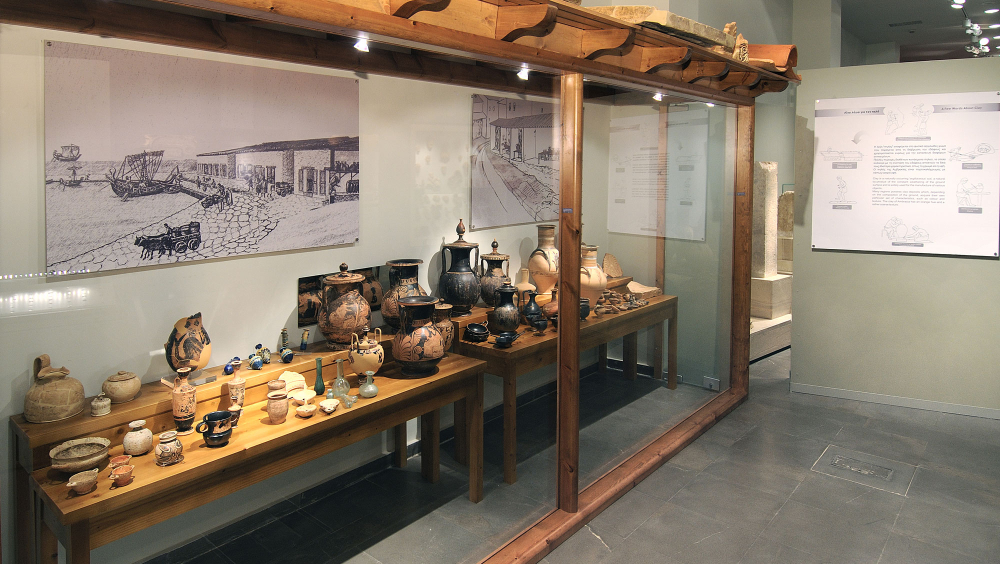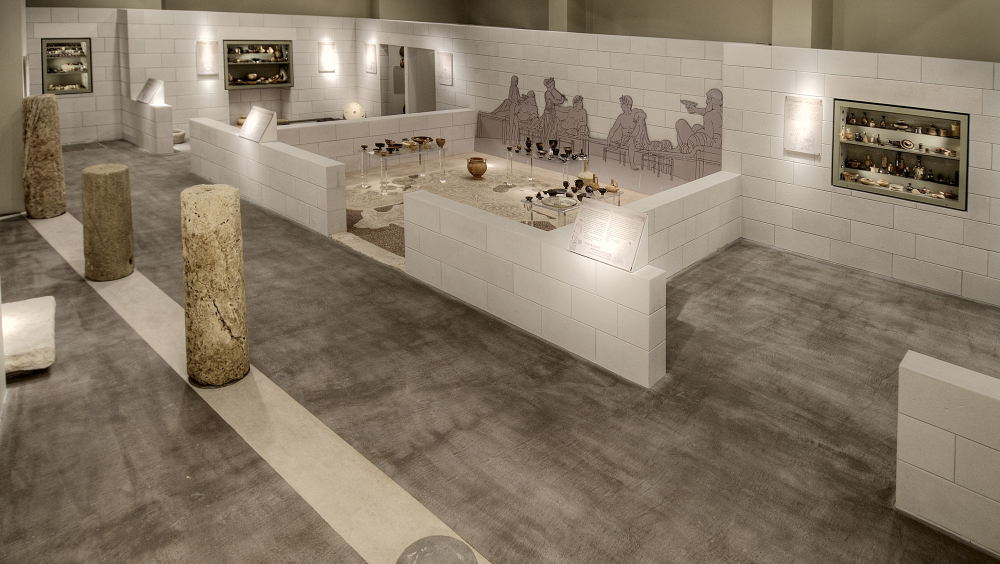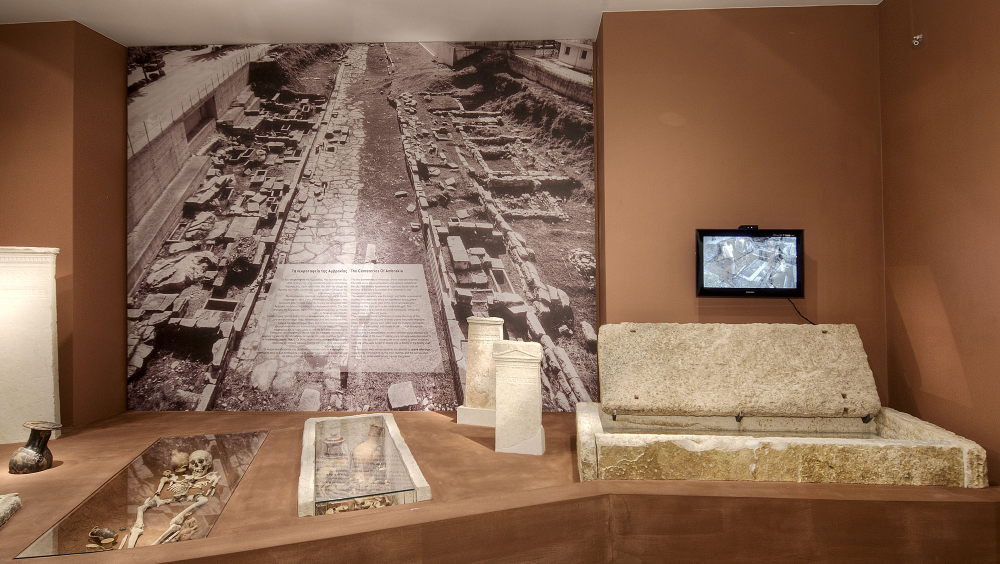This is the story of a city called Ambracia
Ancient cities under modern ones
Hidden underneath the modern city of Arta (Epirus, Greece) lies Ambracia, a “greek polis” (city-state) according to writer Pseudo-Skylax, that was founded by Corinthian colonists in the last quarter of 7th c. BC.
Here, with our story, we present the history and development of the ancient city from its founation till its abandoment in roman era. Through the example of Ambracia, we wish to stimulate both national and cross-border interactionand exchange of knowledge and information on cultural heritage, regarding ancient cities hidden under or co-existng with modern ones.
THE MYTH OVER THE DIVINE PATRON OF AMBRACIA
It was one day, more than 2.500 ago, in the land of Dryopis in Epirus, when Apollo, Artemis and Heracles were quarrelling over the patronage of Ambracia. And it was Cragaleus, a shepherd renowned for his wisdom and sense of justice, who would resolve their dispute. The three deities appeared before him while he was herding his flocks near the Baths of Hercules and asked him to decide which of the three deserved to become the patron of the city.
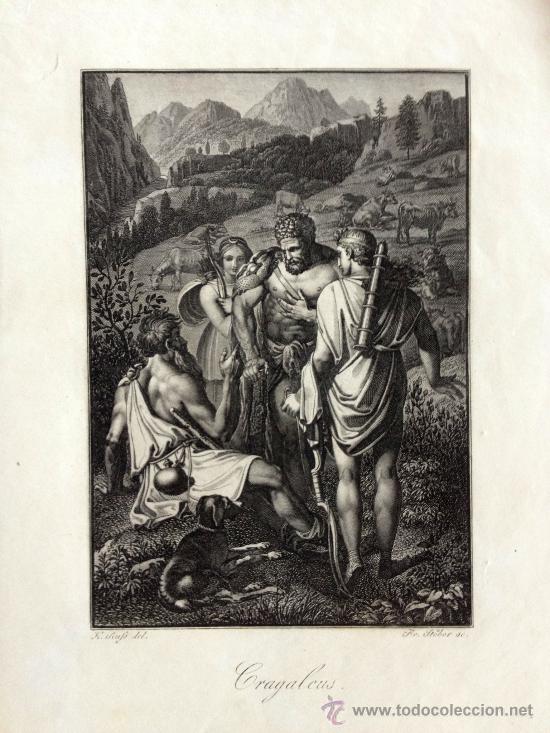
Apollo claimed that Ambracia belonged to him! Ηis son Melaneus was the king of Dryopis and had a daughter called Ambracia, after whom the citywas named.Apollo himself had also shown great favour to this city against attacks of the Epirotes and helped Ambracians arose against the tyrrant Phalaecus. Finally, it was because of his oracles that Gorgus, son of Cypselus the tyrant of Corinth, led a settlement of colonists from Corinth to found Ambracia. On the whole, Apollosecured order, law and justice, for which the city worshipped him as Apollo Pythius Soter.
Artemis alleged that she had acquired Ambracia with its consent. When Phalaecus had ruled as tyrant over the city, no one could kill him because of their fear of him. But it was she who helped the city eliminate him: one day when Phalaecushad gone hunting Artemis made a lion cub appear before him. The moment he took the little lion into his arms, its mother fell on him and ripped open his chest. Ever since Ambraciansmade expiatory offerings to the goddess as Artemis Hegemone (Leader) and set up an image of her as a Huntress.
Heracles in his turn stated that Ambracia and the whole of Epirus belonged to him. He recalled that it was him whopushed away Celts, Chaonians, Thesprotians and all the Epirotes when they tried to steal the cattle of Geryon that lived in the region of Ambracia. Moreover, he pointed out that the Corinthians who came to the region to found Ambracia are his descendants.
After hearing each god’s arguments, Cragaleusdecided in favor of Heracles.Enraged Apollo turned the shepherd into stone in the spot! Ever since, the Ambraciansmade sacrifices to Apollo Soter (the Savior), but consider that their city belongs to Heracles. They also offered sacrifices to Cragaleus.
FOUNDATION, RISE AND FALL
Built in a strategic location where overland and maritime trade routes intersected, only a few kilometers from the Ambracian Gulf, in the shadow of Peranthi Hill and protected by Arachthos River, Ambraciaevolved into the most powerful city-state in ancient Epirus. Within its boundaries, fertile plains favored agriculture, while semi-mountainous areas provided abundant timber for shipbuilding. A robust enclosure wall protected the largest part of the city from enemy incursions, as well as the dangerous floods of Arachthos River.
The city within the fortification was well organized, in accordance with a specific urban plan: wide paved thoroughfares were intersected by smaller narrow streets with sidewalks, creating orthogonal building units, each with a central sewer and smaller transverse conduits. Each block consisted of twenty houses fully organized with a number of rooms: the oikos(galley), the storeroom, the bath, the luxury adron (a room only for men), the gynaeconitis (a room for women and children), all around a columned courtyard .
The centre of the ancient city’s public life, the “Agora”, was the area surrounding the imposing temple of Apollo PythiosSoter, tutelary deity of Ambracia. Public buildings, such as the Prytaneion, the Small Theatre–Bouleuterion, and the large theatre extended all around the temple.
Ambracia was a self-sufficient urban center that produced its own pottery and statuettes, it had local stonework and coppersmith workshops and it issued its own coins bearing the initials of its name (AM or AMBR).
There were two cemeteries extending on the west and east edges of Peranthi Hill, right outside the city walls. The west cemetery, which was stretched along an impressive thoroughfare leading travelers from the port to the city, was organized in burial precincts. The most significant burial precinct was the so-called Polyandrion, a public funerary monument dedicated to city’s dead warriors, with an inscription on its facade that contains the earliest reference to the city’s name “A N P R A K I A”.
In 580 BC, a few years after its foundation by Gorgos, a transition from tyranny to democracy took place in Ambracia. In the 5th c. BC the city participated in the Persian Wars and, later, in the Peloponnesian one, while in 338 BC it was conquered by Philip II of Macedonia. In 295 BC, when the Molossian king Pyrrhus transferred the capital of his kingdom from Passaron to Ambracia, the city experienced its greatest economic and political prosperity. His ancestors ruled till 232 BC, when the city became part of the Aetolian League. In 189 BC, the Roman consul Marcus Fulvius Nobilior laid siege to Ambracia with a large army. The Ambracians resisted vigorously but finally they had to capitulate and accepted a Roman garrison. Marcus Fulvius Nobilior ordered the plundering of the artistic wealth of the city and its dispatch to Rome.
The city lived under Roman rule although it enjoyed a certain degree of autonomy. One and a half centuries later, its population was obliged to move to Nicopolis, founded by Octavian Augustus in commemoration of his victory against Antonius and Cleopatra in the naval battle of Actium (31 BC). The city continued to be inhabited sparsely until the early Christian centuries. The foundation of medieval Arta marked the revitalization of the area.
Nowadays, parts of the ancient city, such as parts of the wall, the temple of Apollo, the small Theatre, part of the NW cemetery, remain visible, co-existing with the modern city, in a constant interaction with citizens and visitors of Arta.Reminding us of the glory of another era, a glory to preserve and pass on to future generations, along with our own.That is, the old combined with the new, all over Europe, all over the world.
The Archaeologocal Museum of Arta is exclusively dedicated to Ambracia.
Life, that is to say every kind of human activity, creation, expression, inspiration never ends. Starting with Ambracia, many more cities with continuous habitation from antiquity to the present day are scattered throughout Europe (e.g.Rome/ Matera in Italy, Barcelona in Spain, Athens / Larissa / Thebes / Argos e.t.c. in Greece, Plovdiv in Bulgaria, Cadiz inSpain, Mdina in Malta, Lisbon in Portugal, Shkodra in Albania),demonstratingexactly that. They show us how culture isborn, evolves and interacts, influences and is influenced, from one era to the next and from one city to anotherat a regional and interregional level.
With our project, through the example of Ambracia, we wish to stimulate both national and cross-border interactionand exchange of knowledge and information on cultural heritage, involving not only experts or official organizations but also the general public, especially young people.We wish to focus on the myth of the divine conflict for the patronage of Ambracia along with its evolving history in time.
Our goal is firstly to produce a digital presentation (e.g. animation video or a storytelling app) of Ambracia as a starting point for other Greek and European ancient cities hidden under modern ones to follow, if they wish, creating a networking database that would point out cultural diversity, evolving human activity and civilization in time. Through this open-accessed database every -European- citizen could have access to a variety of cross-frontier information that covers a long period of thousands of years of European history and culture. It could also be accessible to people with visual or hearing disabilities.
Secondly, we consider to organize an event (e.g. a conference) in order to present and share with the public as much as examples of continuously habited cities as possible, highlighting commonalities and diversities.

